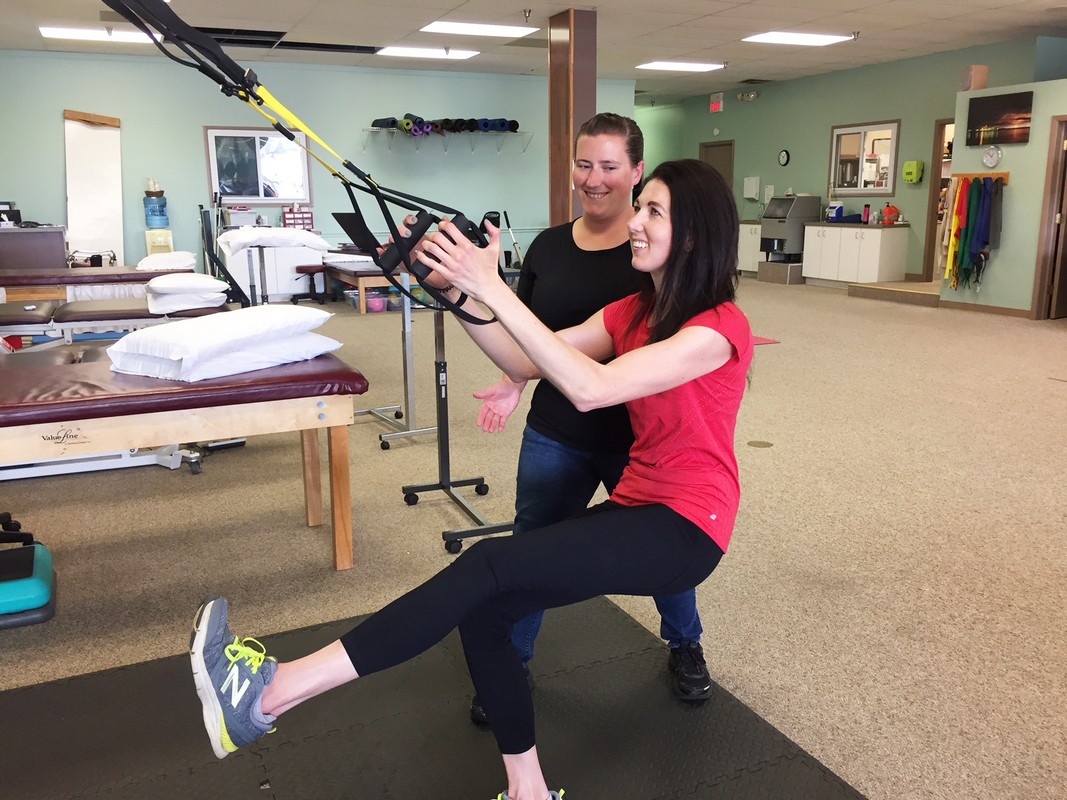Physical therapists, and most medical professionals for that matter, often see fluctuations in patients seeking care for certain problems. For example, we might not see a patient with TMJ problems for 3 months, but then we suddenly have four referred in a week. I had just that experience lately with several female runners between the ages of 25-50. The runners had the following similarities:
• Most were runners in high school and college, either collegiate or casual.
• They stopped running for several years because they went to college, started a family, or because life just got busy.
• They resumed running because they missed it and/or they thought it was the best way to improve their health and fitness.
• Their bodies didn’t cooperate with them.
Two developed hip bursitis, one had sacroiliac (SI) joint pain, and the other two had knee pain. Anytime I see multiple patients with similar issues, I try to take a step back and see the forest in the trees. So, why did these (previously) veteran runners develop problems in various joints? Was there a common thread that tied them together?
I believe there was. We know that after periods of inactivity or times of significant changes in our body (like those that occur during pregnancy, for example), things can change in our musculoskeletal system. Ligaments can get tighter or looser, muscles can tighten up and/or get weak, and our body tissues become unaccustomed to the stresses involved in higher-impact activities like running. We also know that every few years, our bodies undergo many non-specific changes that can be just as noticeable. I know I don’t feel the same getting out of bed at 34 as I did at 24.
Before coming in for physical therapy, all five of the runners attempted to resume a running program at a level they had been doing years before. Consequently, they suffered pain in their respective joints, they figured that it would go away if they attempted to push through it, and a few months later they were still having problems. The common thread of each individual’s problem was that they started running before they were strong enough to do so. If they would have started with 4-6 weeks of strengthening of the muscles that stabilize their pelvis, hips, and knees, they likely would not have had pain when they started their running programs, assuming they slowly increased their volume.
So what might have been a better way to get back into a running regimen? For starters, there are certain muscles that tend to be weak in most people who participate in sports that take place in the sagittal (front/back) plane. These include the gluteus medius and minimums, as well as the abdominal muscles. These muscles minimize stress on the spine, hip, and knee joints when running. Beginning with gluteal and core strengthening is a great way to get these supporting muscles up to speed.
The volume of running is also important. While actual mileage will vary, the most important numbers are the total miles per week and the number of days of rest. A total of 20 miles per distributed as four 5-mile runs is very different on your body compared to two 10-mile runs. I recommend at least 3 rest days per week in a new running program. A safe volume increase is around 10-20% per week, depending on your level of fitness. Finally, it is always a good idea to check with your physician before starting a running regimen to rule out any underlying barriers to your success.







